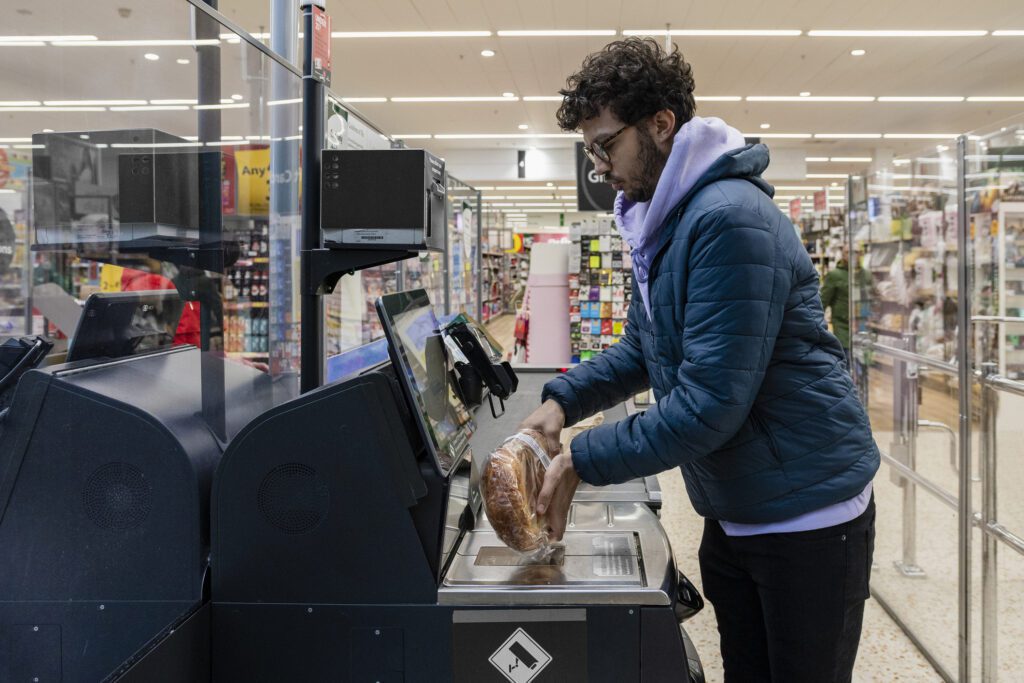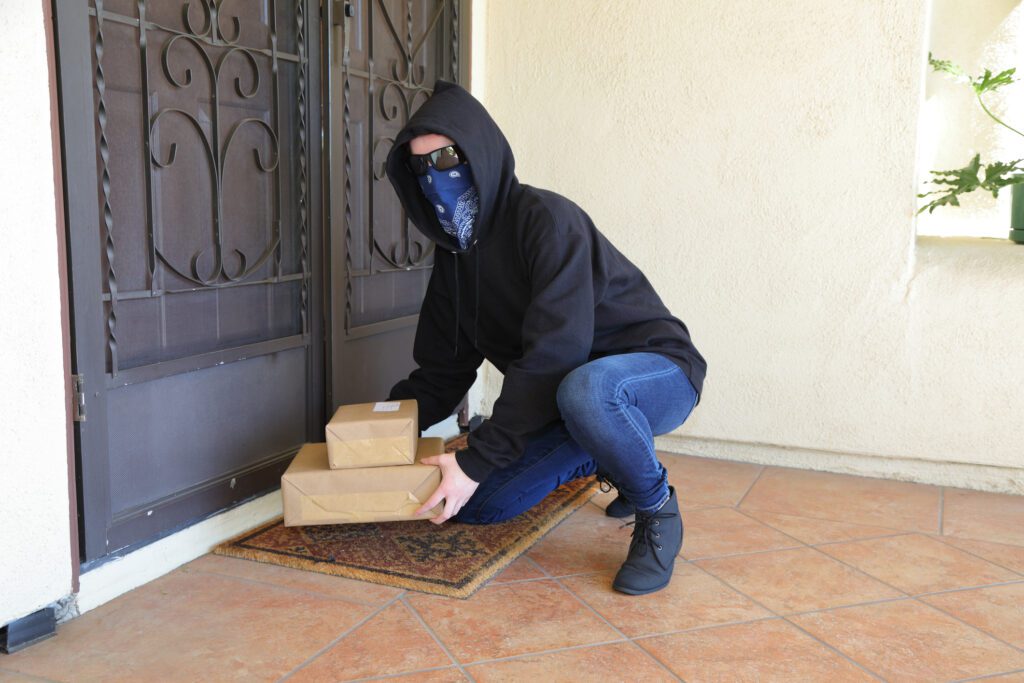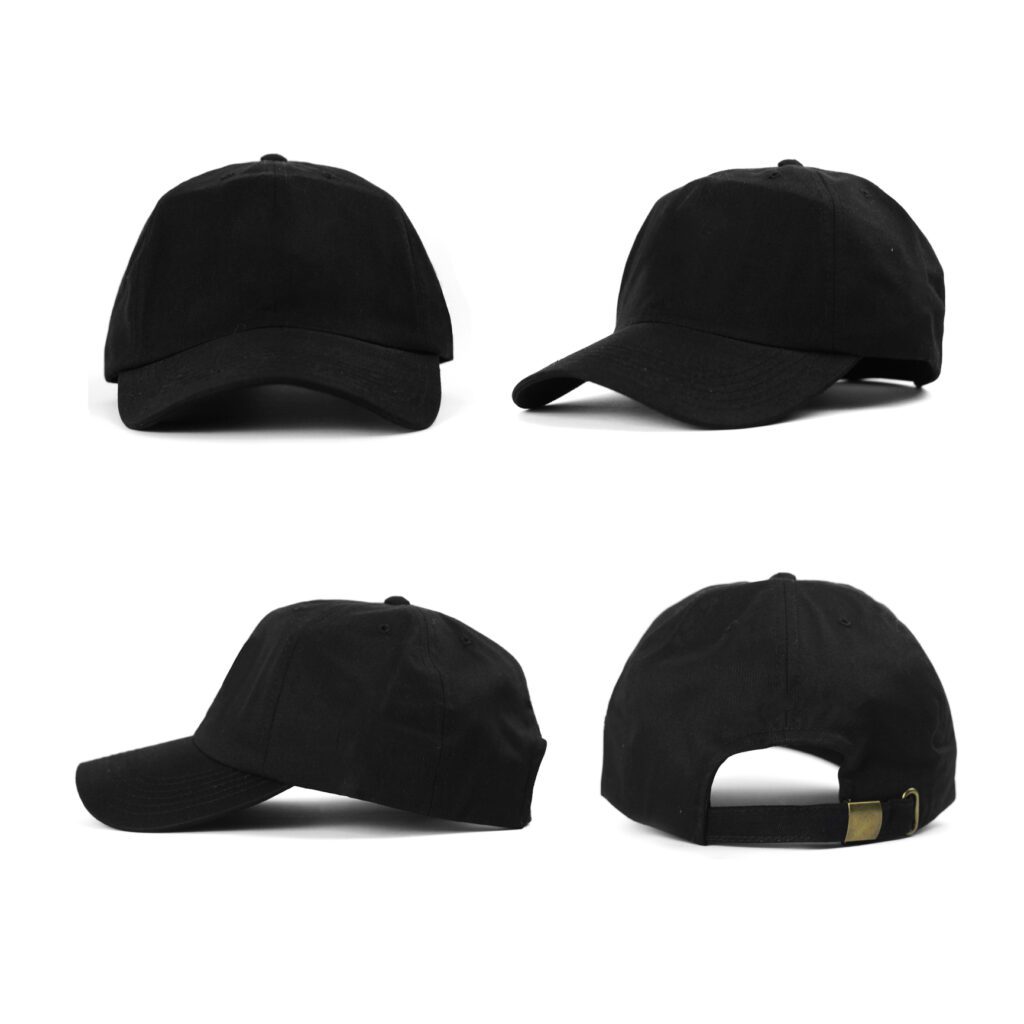Does Spotify Turn Streams Into Artist Earnings?
Written by Site Hub on November 27, 2024
Spotify, the world’s largest music streaming platform with over 626 million users, generates most of its revenue from ads and subscription fees. But how does this money reach artists?
Spotify doesn’t pay artists directly. Instead, roughly two-thirds of its revenue goes to rights holders, including record labels, publishers, and distributors. These entities then pay artists based on individual contracts. Independent artists using platforms like DistroKid or TuneCore keep most of their royalties but pay small distribution fees.
Payouts are calculated using a system called streamshare, where revenue is divided based on the percentage of total streams a rights holder receives in a given market. Critics argue this favors big labels and popular artists while leaving lesser-streamed musicians with “penny fractions” in royalties.
Efforts to improve the system include a proposed Living Wage for Musicians Act, which would create a direct royalty of at least one cent per stream. Meanwhile, Spotify continues raising subscription prices, balancing revenue growth with concerns about user attrition.
The debate underscores the challenge of ensuring fair pay for artists in a system designed to reward volume, not creativity or niche artistry. For many, streaming revenue remains insufficient to sustain a career.
Source: AP News






 WDKX Holiday Stream
WDKX Holiday Stream